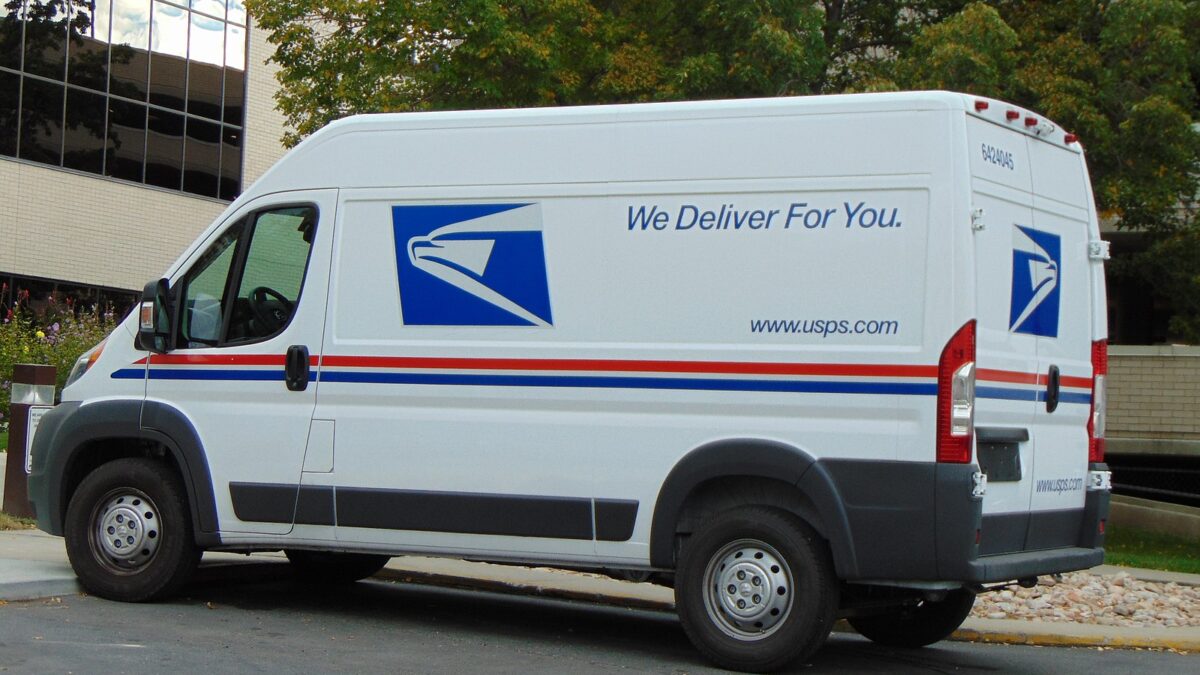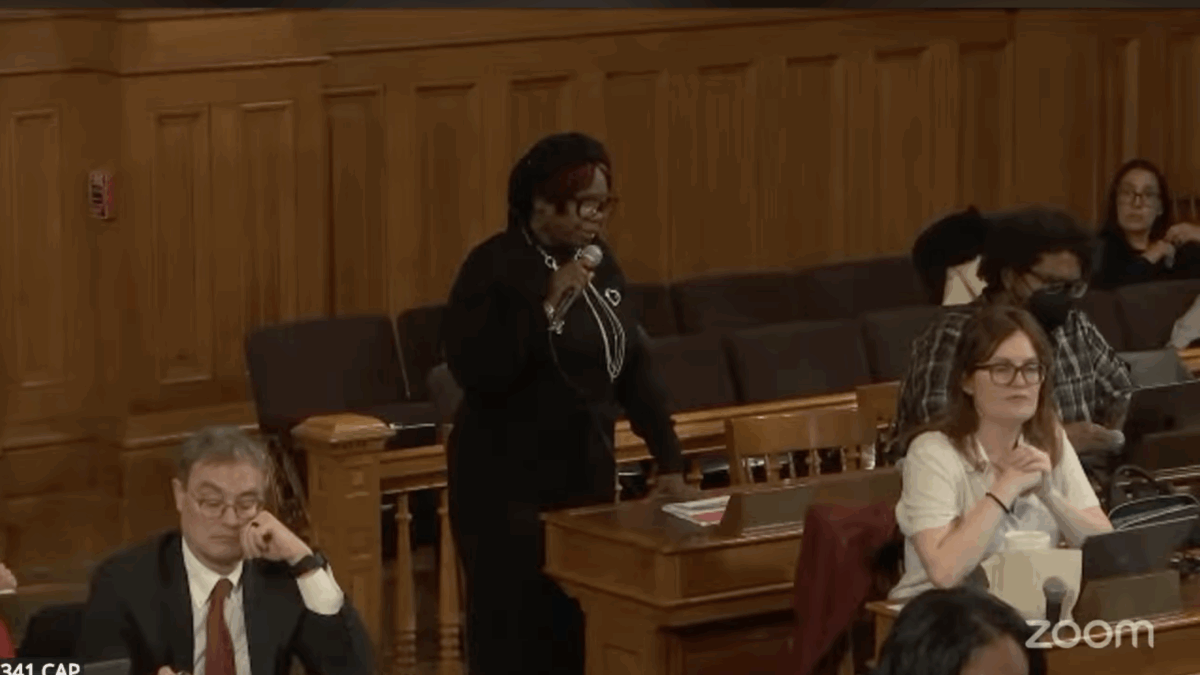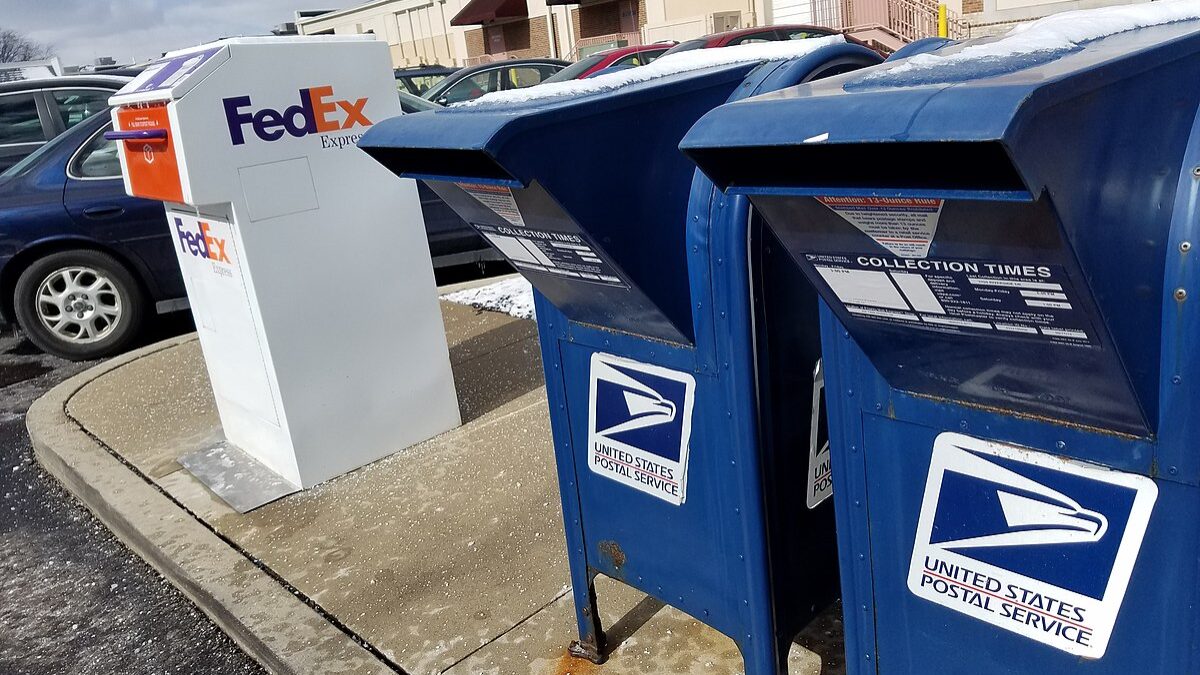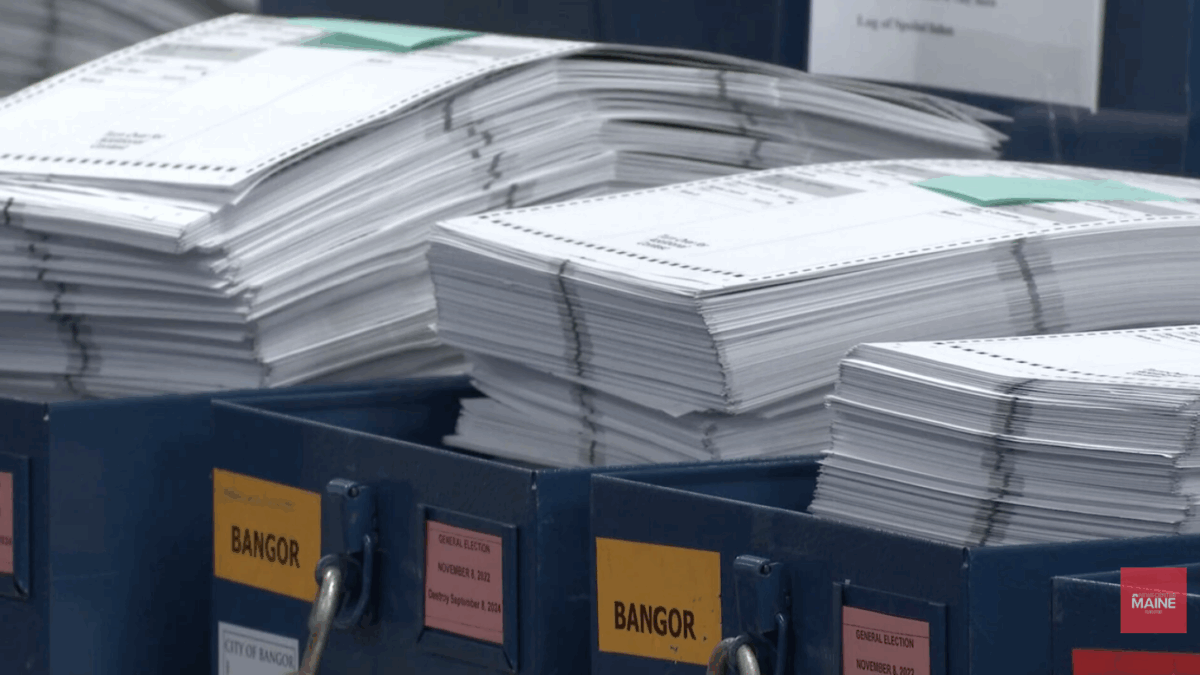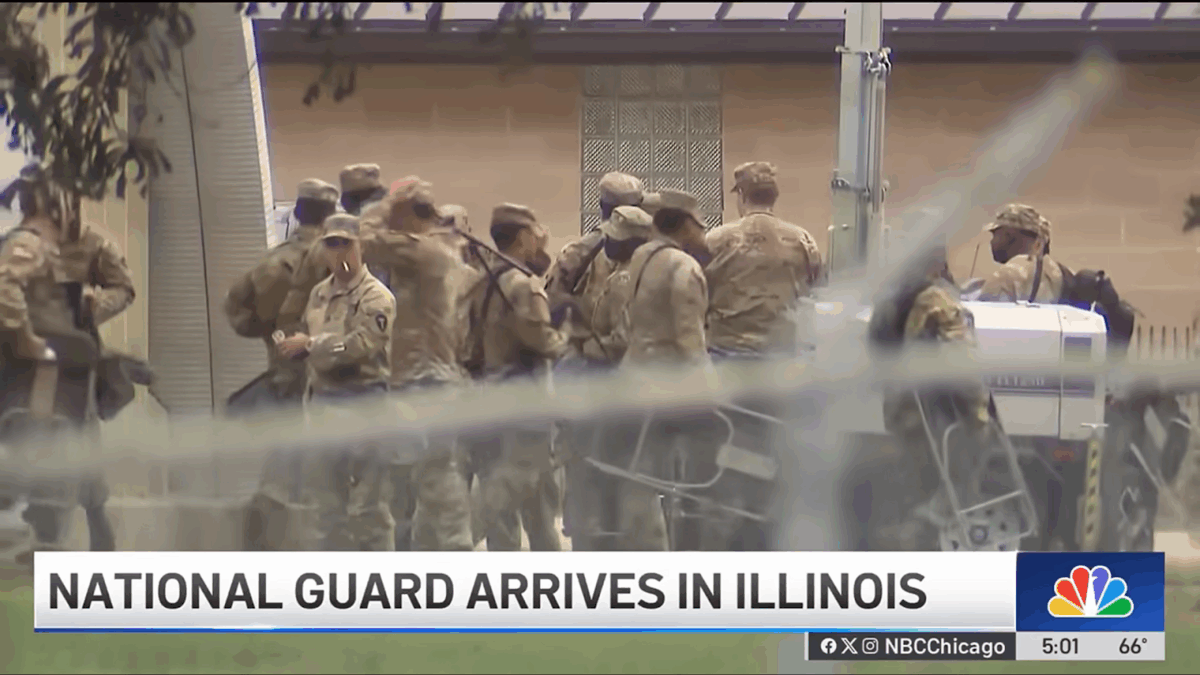Since the 2020 Covid election, the USPS has effectively become the largest “precinct” in our elections with little citizen observation. But recent incidents, reports from the USPS Office of the Inspector General, and independent investigations have revealed that the USPS may not be prepared to handle the volume of vote-by-mail ballots this November.
As recently reported in The Federalist, the USPS Election Mail system apparently created a major problem in the June primary election in Utah. According to local election officials, hundreds of ballots that were purportedly mailed before the vote-by-mail cut-off were not processed by USPS in time to meet the “postmark” deadline, making those ballots ineligible to be counted in the election.
This incident in Utah is a symptom of a nationwide problem with the USPS Election Mail system.
In 2021, the USPS announced its “Delivering for America” program, a “ten-year plan” that aims to restructure the flow of mail “to achieve financial sustainability and service excellence.” After three years, the program has reportedly reduced costs. However, in many areas where the restructuring was implemented, there seem to have been some dramatic decreases in service. Two elements of the program are likely contributing to this decline.
Regional Processing Centers
The first element is that the USPS is in the process of consolidating its regional mail processing centers. Many of these regions include large sections of multiple neighboring states. (Grassroots activists at Save The Post Office charted known Regional Processing and Distribution centers on a map here.) The Postal Service’s “policy is to postmark all ballots mailed by voters,” although there are strict requirements in most states that ballots be mailed and processed by a specific deadline. These postmarks can only be applied to Election Mail by USPS processing equipment. Many vote-by-mail ballot envelopes are processed at a USPS regional center — which means that in some cases, ballots from one state are sent to a center in a different, neighboring state to be processed.
In the Utah vote-by-mail mix-up, ballots that were reportedly mailed on time in Utah were likely sent to the nearest USPS regional center in Las Vegas, Nevada. Election officials have guessed that because the ballots took a day to travel the approximately 340 miles from southern Utah to Las Vegas and back, many were likely postmarked after the deadline making them ineligible to be counted in the primary election.
Similar substantial mix-ups could happen all over the country in the coming November election.
Delays at Local Post Offices
The second element is a new initiative established per the project’s goal of “redesign[ing] surface transportation network.” This “Local Transportation Optimization initiative” (LTO) aims to “reduce the overall number of transportation trips between sorting facilities and delivery units” by creating more efficiently processable loads, but — at least in Richmond, Virginia, a location where the initiative was initially launched — this meant mail was held at delivery units beyond the day it was “collected.” This builds in additional delays in a system already suffering from service problems.
The issues with this new procedure were outlined in an April audit report from the U.S. Postal Service Office of the Inspector General analyzing LTO operations in Richmond. According to the findings in the report, although the audit did not “isolate the service impact of Local Transportation Optimization,” findings did show that “service performance decreased significantly in the weeks following implementation.”
“Although service performance improved after peak mailing season concluded in January, it was still below levels compared to the same period last year for all mail classes,” the report continued.
The Richmond LTO report also included a discussion of how the initiative was projected to affect Election Mail. According to the report, the USPS “provide[d] instructions in February 2024 on how the affected sites in the Richmond region should handle Election Mail.” Per this guidance, vote-by-mail ballots are to “remain at facilities overnight unless it is within four days of the election.” During the four days leading up to and including the Election Day processing deadline, “local management will collect any ballots received that day and transport them in the evening to a hub for processing rather than letting them remain at the facility overnight.”
Although USPS officials “stated they do not anticipate the initiative will impact the timely processing or delivery of ballot mail” at locations where LTO is implemented, as of April, the USPS had yet to produce “a documented national policy on how to handle Election Mail and ballots at post offices affected by [LTO].”
Since it was initially launched, the initiative has been rolled out in other locations. Whether or not the LTO initiative contributed to the mail ballot fiasco in Utah, it’s easy to imagine how the practice and the lack of “documented national” guidance regarding Election Mail could cause similar problems for voters around the country.
Researching the Problems
The USPS Office of the Inspector General has been investigating and reporting on problems with the “Delivering for America” program. The Richmond regional center was a “pilot” location for the plan. The rollout in 2023 was a disaster, and the Office of the Inspector General conducted an investigation followed by a critical report in March regarding Richmond operations. The office of the USPS inspector general continued to investigate major problems with Richmond’s “Delivering for America” LTO initiative — problems which, as previously mentioned, could dramatically affect the election this fall — with the second report in April.
Both reports mention how the USPS was “handling Election Mail for local elections” while “simultaneously” implementing LTO and “making changes” to the regional processing and distribution centers.
Despite the lack of transparency by the USPS, the problems with “Delivering for America” compound the many vulnerabilities in the USPS Election Mail system that citizen researchers like myself have raised concerns about.
For example, the USPS does not have the same ballot “chain of custody” as those required in every election precinct. The USPS receives trays of ballots from election offices, and the complexities of a mass mail system make it challenging if not impossible to accurately keep track of how many ballots are delivered to voters, how many are undeliverable and returned to the election office, or how many get misrouted or misdelivered. “Reconciliation” — or tracking — to determine how many ballots actually made it not just to a mailbox but into voters’ hands is much harder to do compared to when ballots change hands in a physical voting precinct.
Programs like the Postal Service’s “Package Intercept” also raise questions about mail ballot procedures. Typically, undeliverable ballots are returned to the election office and are not forwarded to a new address. For example, Davis County, Utah, promises voters that “A ballot will never be forwarded by the Postal Service.” However, most “mailings with a tracking or extra services barcode” are eligible for the “Package Intercept” service, by which a person can log into USPS and redirect the mailing for a fee. The barcodes typically printed on vote-by-mail ballot envelopes can usually be identified by anyone with a scanner.
Our elections should be secure, not convenient. Since and before the 2020 Covid election, voters in several states that mail a ballot to every name on the voter rolls — whether the voter is dead or alive, has moved, etc. — have embraced the convenience of voting by mail.
But the many issues with the USPS Election Mail system, and the total lack of citizen observation, make it impossible for the USPS, practically the largest precinct in our elections, to be the efficient and lawful caretaker of millions of vote-by-mail ballots.
